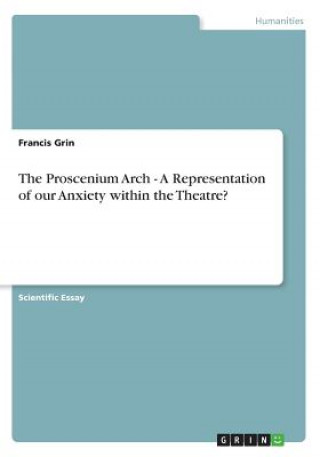
Code: 01686280
The Proscenium Arch - A Representation of our Anxiety within the Theatre?
by Francis Grin
Scholarly Essay from the year 2008 in the subject Theater Studies, Dance, printed single-sided, grade: H1, University of Melbourne, course: Architecture, Space, and Theatre, 10 entries in the bibliography, language: English, abstr ... more
- Language:
 English
English - Binding: Paperback
- Number of pages: 16
Publisher: Grin Verlag, 2013
- More about this

15.64 €
RRP: 17.31 €
You save 1.68 €

In stock at our supplier
Shipping in 9 - 11 days
You might also like
-

Emma Watson - the Biography
16.24 € -

Civil War Onset - A Comparison of Uganda and Kenya
17.45 € -9 %
Give this book as a present today
- Order book and choose Gift Order.
- We will send you book gift voucher at once. You can give it out to anyone.
- Book will be send to donee, nothing more to care about.
More about The Proscenium Arch - A Representation of our Anxiety within the Theatre?
You get 39 loyalty points
 Book synopsis
Book synopsis
Scholarly Essay from the year 2008 in the subject Theater Studies, Dance, printed single-sided, grade: H1, University of Melbourne, course: Architecture, Space, and Theatre, 10 entries in the bibliography, language: English, abstract: The frontal set-up of the proscenium arch now marks a central point of debate regarding the nature of representation within the theatre. The proscenium s frontal architectural form seems to l ave little room for discussion as it detaches the spectator from the performance through the employment of the fourth wall. This lack ofdiscussion has repeatedly been blamed for the reestablishment of traditional bourgeois values and hegemonic sign-systems within the theatre. (Heuvel 1992) Hence, the 20th century was more than happy to embrace the multitude of theatrical innovations as new staging concepts stirred away from the antiquity of the proscenium arch, moving into a new and exciting artistic terrain that involved theatrein the round, environmental theatre, etc. (Heuvel 1992) These innovations celebrated the theatre as an interactive experience between the actors and the audience, liberating the stage from the dull frontal viewing that the proscenium arch had seemed to chainitself to. Representation within these emerging theatre styles evolved into a state of experiencing the image rather than merely viewing it and the audience was now able to play an active role, allowing them to interact/question the sign systems on stage.Oddly enough, the proscenium still seems to be the most ommon form of staging within our Western theatre culture. Realistic, Epic, and the Post-modern Theatre of Images mark three of the most historically significant genre s within the theatrical movement, yet, these three styles predominantly employ the prosceniumarch as a theatre space. Their regressive use of this staging has at times been considered reactionary, leading to anxieties about a backlash within the theatrical movement. While for some, the use of the proscenium may signify an artistic backlash, I would argue that the proscenium has undergone a crucial range of adaptations; signifying the constant evolution of representation within the theatre. Through a discussion regarding the development of the proscenium arch within the genre s of Realistic, Epic, and post-modern theatre, we can see how this staging has been able to manipulate its frontal frame as it, often successfully, responds to our constantly changing environment.
 Book details
Book details
Book category Books in English The arts The arts: general issues
15.64 €
- Full title: The Proscenium Arch - A Representation of our Anxiety within the Theatre?
- Author: Francis Grin
- Language:
 English
English - Binding: Paperback
- Number of pages: 16
- EAN: 9783656415633
- ISBN: 3656415633
- ID: 01686280
- Publisher: Grin Verlag
- Weight: 40 g
- Dimensions: 210 × 148 × 2 mm
- Published: 2013
Trending among others
-

Framed Drawing Techniques
25.83 € -15 % -

How to Paint Landscapes Quickly and Beautifully in Watercolor and Gouache
24.21 € -15 % -

Doodle Invasion
12.81 € -2 % -

Tales from the Midnight Masquerade Coloring Book
13.72 € -25 % -

Andrew Wyeth
17.45 € -17 % -

Everyday Sketching and Drawing
25.22 € -

If you've seen it all, close your eyes
38.85 € -
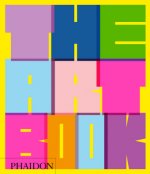
Art Book, revised edition
33.60 € -3 % -

Beginning Drawing Atelier
19.98 € -16 % -

Figure Drawing Atelier
22.40 € -

Doodle Fusion
13.82 € -2 % -

Something Wicked from Japan
20.18 € -28 % -

Art of Still Life
36.83 € -18 % -

Practical Color Combinations
20.28 € -28 % -

Dali. The Paintings
46.12 € -21 % -

Bosch. The Complete Works
71.55 € -18 % -

Bonsai
30.17 € -28 % -

Craft Of The Japanese Sword
35.92 € -21 % -

Jack Vettriano 2025 - Wand-Kalender - Broschüren-Kalender - 30x30 - 30x60 geöffnet - Kunst-Kalender
12.41 € -15 % -

Golden Kingdoms - Luxury Arts in the Ancient Americas
61.76 € -9 % -
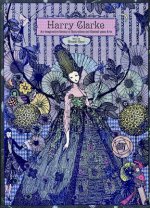
Harry Clarke
29.06 € -28 % -

Katsuya Terada Real Size
38.14 € -24 % -

Art/Work - Revised & Updated
15.23 € -28 % -

Artist at Work, Proximity of Art and Capitalism
17.05 € -19 % -
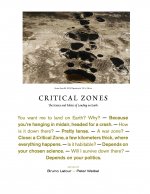
Critical Zones
65.20 € -26 % -

Complete Guide to Fujifilm's X-Pro2 (B&W Edition)
47.33 € -

Inside Art Deco: A Pictorial Tour of Deco Interiors from their Origins to Today
39.86 € -20 % -

In The Break
29.16 € -9 % -

Illegal. Street Art Graffiti 1960-1995
38.75 € -12 % -

How to Visit an Art Museum: Tips for a Truly Rewarding Visit
16.24 € -19 % -

Copy This Book, An Artist's Guide to Copyright
22.80 € -5 % -

Die Reise der Bilder
41.27 € -12 % -

Hand Lettering on the iPad with Procreate
18.36 € -29 % -
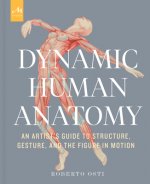
Dynamic Human Anatomy
36.73 € -19 % -

Short History of Ireland, 1500-2000
16.95 € -17 % -

Flash from the Bowery: Classic American Tatto, 1900-1950
93.26 € -6 % -

Lady in Gold
16.04 € -20 % -

Seven Days in the Art World
15.33 € -19 % -

Atlas of Dinosaur Anatomy
35.32 € -1 % -

Photography and the Optical Unconscious
36.02 € -5 % -

Van Eyck
14.73 € -16 % -

Wine and Architecture
23.81 € -9 % -

Inspired by Nature Sketchbook
15.03 € -17 % -

New York City Graffiti: The Destiny Children
49.65 € -4 % -

Shiba Inu Ryuji
10.29 € -28 % -

Reductionism in Art and Brain Science
21.99 € -7 % -
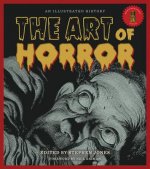
Art of Horror
36.83 € -18 % -

God's Man, A Novel in Woodcuts
12.10 € -24 % -
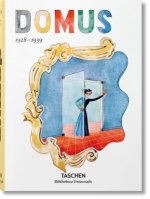
domus 1930s
22.30 €
Collection points Bratislava a 2642 dalších
Copyright ©2008-24 najlacnejsie-knihy.sk All rights reservedPrivacyCookies


 15549 collection points
15549 collection points Delivery 2.99 €
Delivery 2.99 € 02/210 210 99 (8-15.30h)
02/210 210 99 (8-15.30h)